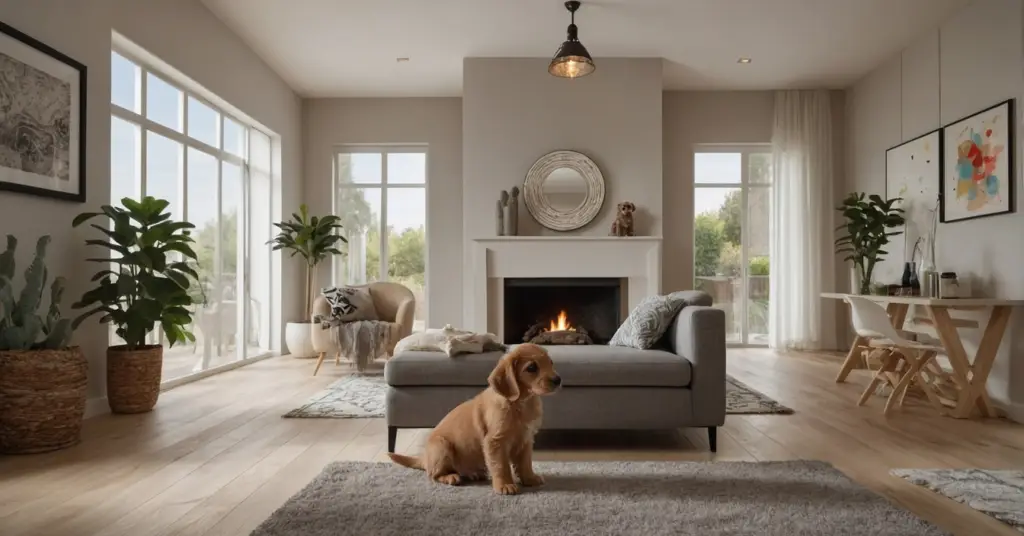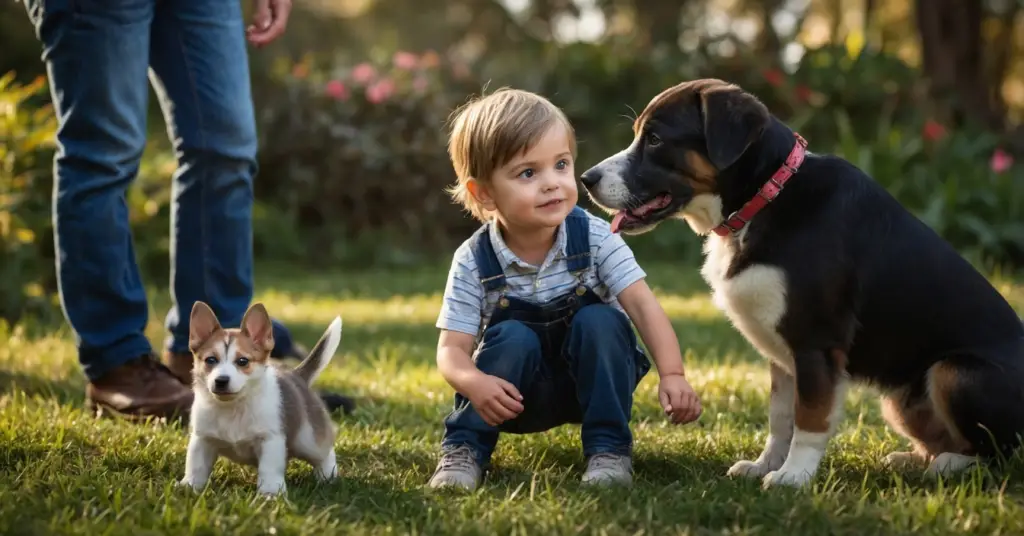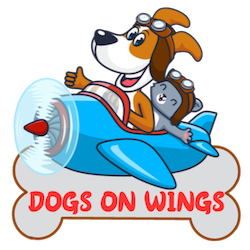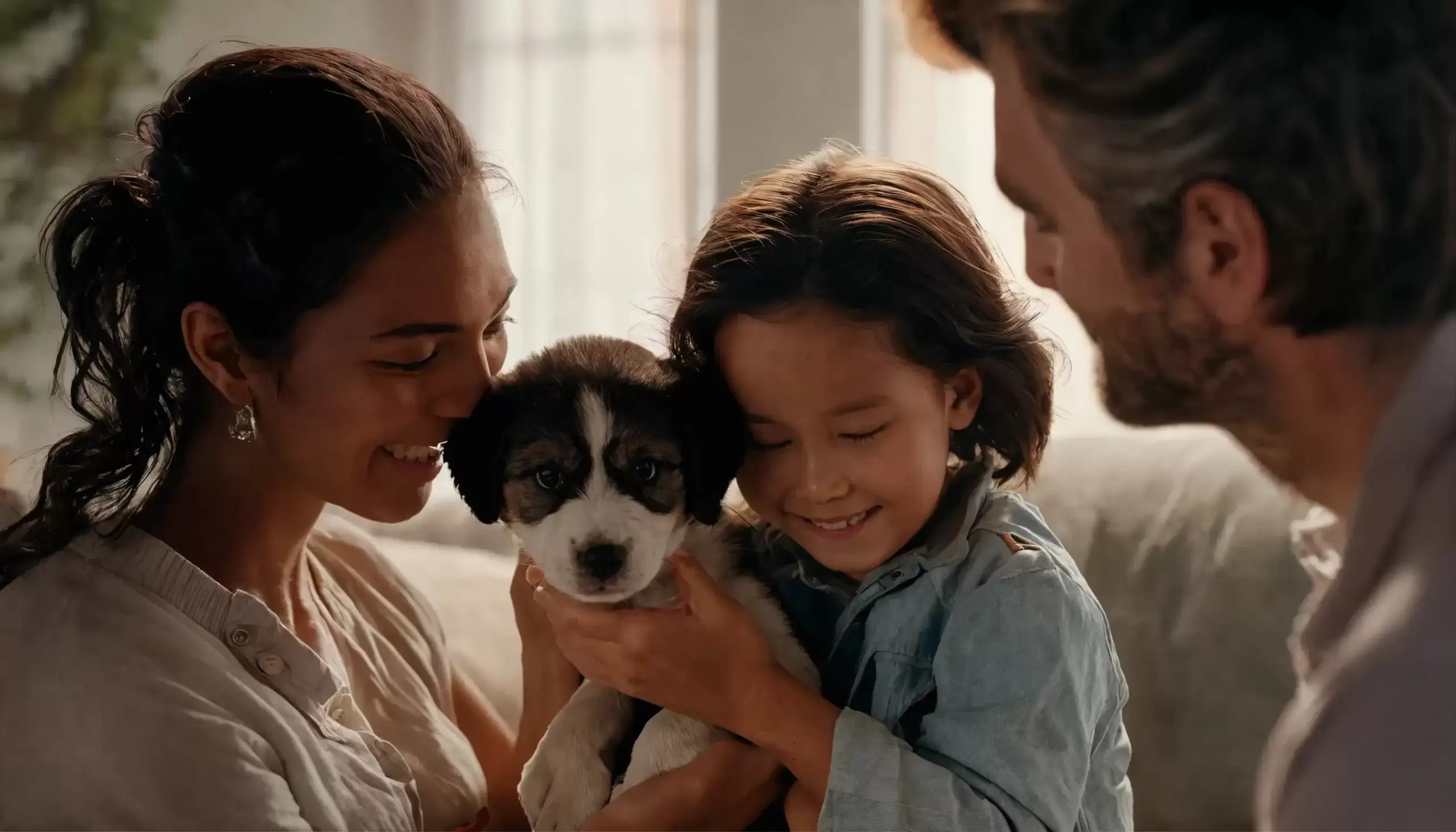Bringing a new four-legged friend home is an exciting experience, but it also comes with its challenges. Introducing a new dog to your family marks the beginning of a journey filled with learning, patience, and love. It all starts with making the right choices to ensure a smooth transition for everyone.
From preparing the environment to the first meeting, every detail matters for successful adaptation. The dog needs safety, affection, and a well-structured routine to feel at home. Integration with other family members, including other pets, also requires special attention.
Want to know how to make this moment unforgettable and build a strong bond with your new companion? Discover essential tips to make this phase full of harmony and good memories. Follow along and transform this experience into something truly special!
Why Planning is Essential When Introducing a New Dog
Having a clear plan is critical to ensuring that the process of introducing a new dog to your family is smooth and successful. Dogs are sensitive to changes, and providing a welcoming environment from the start is fundamental.
Before your new friend arrives, research their needs. If you’re adopting from a shelter, learn about the dog’s personality and background. Animals that have experienced trauma may require a more cautious and gradual approach to adjust to their new reality.
Additionally, involve all family members in the planning. Decide together on daily responsibilities, such as walks, feeding, and general care. This collaboration strengthens the bond between the dog and the family and helps avoid misunderstandings.
Preparing Your Home for the New Family Member

Preparing your home is a crucial step when introducing a new dog to your family. This process goes beyond just buying accessories—it’s about ensuring the environment is safe, welcoming, and functional for the new addition.
Creating the Perfect Space
Choose a quiet spot in the house to be your dog’s special area. This space should have a comfortable bed, water and food bowls, and toys to keep them entertained. They need a place where they feel protected, especially during the first few days.
Safety First
Inspect your home carefully. Dogs, especially puppies, are curious and can get hurt. Remove small objects, secure electrical cables, and ensure doors and windows are safe. Replace toxic plants with pet-friendly options if necessary.
Involving the Family
Teach children how to interact with the dog gently. Explain that the new friend will need time and space to adapt. Establishing these boundaries from the beginning prevents future issues and creates a harmonious environment.
The First Meeting: Ensuring a Smooth Introduction
The moment of introducing a new dog to your family for the first time is filled with anticipation and joy, but everything should be planned to establish a positive relationship. With the right approach, you can avoid stress and create a comfortable environment for your pet.
Choose a calm time and ensure all household members are relaxed. When bringing the dog home, allow them to explore at their own pace. Do not force interactions; let them approach when they feel secure.
Use treats to reinforce positive behaviors, such as calmly sniffing around or accepting affection. This technique not only aids adaptation but also sets a solid foundation for future training.
Another important point is to closely monitor the dog’s initial interactions with children. Kids may struggle to contain their excitement about getting a new friend, which could unintentionally overwhelm the pet.
Introducing the New Dog to Other Pets

If you already have other pets, introducing the new dog requires extra care. This ensures all animals feel comfortable and respected during the integration process.
Neutral Territory Introductions
To avoid jealousy or territorial disputes, conduct the first interaction in a neutral location, such as a park. Allow them to meet slowly, observing each animal’s reactions.
Continuous Supervision
In the first few days, supervise all interactions between pets. Watch for signs of discomfort, such as growling or attempts to avoid each other. If this happens, give them time apart and try again later.
Reward Positive Behaviors
Whenever your pets interact positively, use praise and treats to reinforce good behavior. With patience, they’ll learn to coexist peacefully.
Tips for Strengthening the Bond with Your New Dog
Building a strong bond is essential for your dog to feel like part of the family. Introducing a new dog to your family also means beginning a relationship built on love, patience, and dedication.
Spend Quality Time Together
Activities like walks, playtime, and even moments of relaxation strengthen the connection with your dog. Consistency in these interactions builds trust and promotes emotional well-being.
Basic Training
Teaching simple commands such as “sit,” “stay,” and “come” not only makes daily life easier but also boosts the dog’s confidence and safety in their new environment.
Always Reward
Use rewards like treats and praise to reinforce desired behaviors. This creates positive associations and encourages the dog to repeat these actions in the future.
Common Challenges During Adaptation and How to Solve Them
Even with planning, adaptation can present challenges. Understanding and addressing these issues is part of successfully introducing a new dog to your family.
Anxiety and Fear
Some dogs may show signs of anxiety, such as excessive barking or destructive behavior. To help, establish a predictable routine and provide interactive toys to keep them occupied.
Conflicts with Other Animals
If fights or tensions arise, identify the cause. It could be competition for attention or space. Temporarily separate the animals and reintroduce them gradually, always supervising.
Excess Energy
Dogs with high energy levels may become destructive. The solution is simple: regular physical activities and mental exercises, like fetch games or puzzle toys.
The Importance of Socialization Early On
When introducing a new dog to your family, socialization should be a key part of the adaptation process. The earlier the dog learns to interact with different people, animals, and environments, the more confident and balanced they’ll become.
Socialization starts at home with family members. Encourage daily interactions, but respect the dog’s pace. Gradually introduce them to friends and neighbors, always monitoring their reactions. Dogs who feel secure at home will more easily handle new external stimuli.
Taking them on walks to various locations is another excellent strategy. Experiences like exploring a park, walking on busy streets, or visiting a pet-friendly café help the dog adapt to the world around them. Remember to offer rewards to reinforce calm behavior during these interactions.
Involving Children in Caring for the New Dog

When you are introducing a new dog to your family, it’s crucial to involve children actively in the process. This not only strengthens their bond with the animal but also teaches responsibility and empathy from an early age.
Before the dog arrives, talk to the children about how to care for a pet. Explain that the dog needs love, patience, and respect. Assign age-appropriate tasks, such as filling the water bowl, putting away toys, or helping with daily walks.
Supervise initial interactions and show them how to gently pet the dog. This is especially important to prevent surprises or unwanted behaviors. When children become part of the process, the new dog quickly feels welcomed, and the relationship evolves into an incredible friendship.
When to Seek Professional Help During the Adaptation Process
Some dogs may need professional support to overcome behavioral or adaptation challenges. Recognizing this need shows care and commitment to the animal’s well-being.
If the new dog shows persistent signs of aggression, extreme fear, or difficulty following basic commands, a trainer or behaviorist can help. These professionals provide tailored and effective solutions for each situation.
Additionally, if adaptation begins to disrupt household harmony, expert assistance can offer new perspectives and tools to address the problem.
A Joyful New Beginning
Introducing a new dog to your family marks the start of a unique journey of love and learning. With patience, dedication, and the right tips, this experience becomes even more special.
Cherish every moment to create unforgettable memories and strengthen the bond with your new friend. After all, what truly matters is celebrating the companionship and joy that only a dog can bring into your life.

